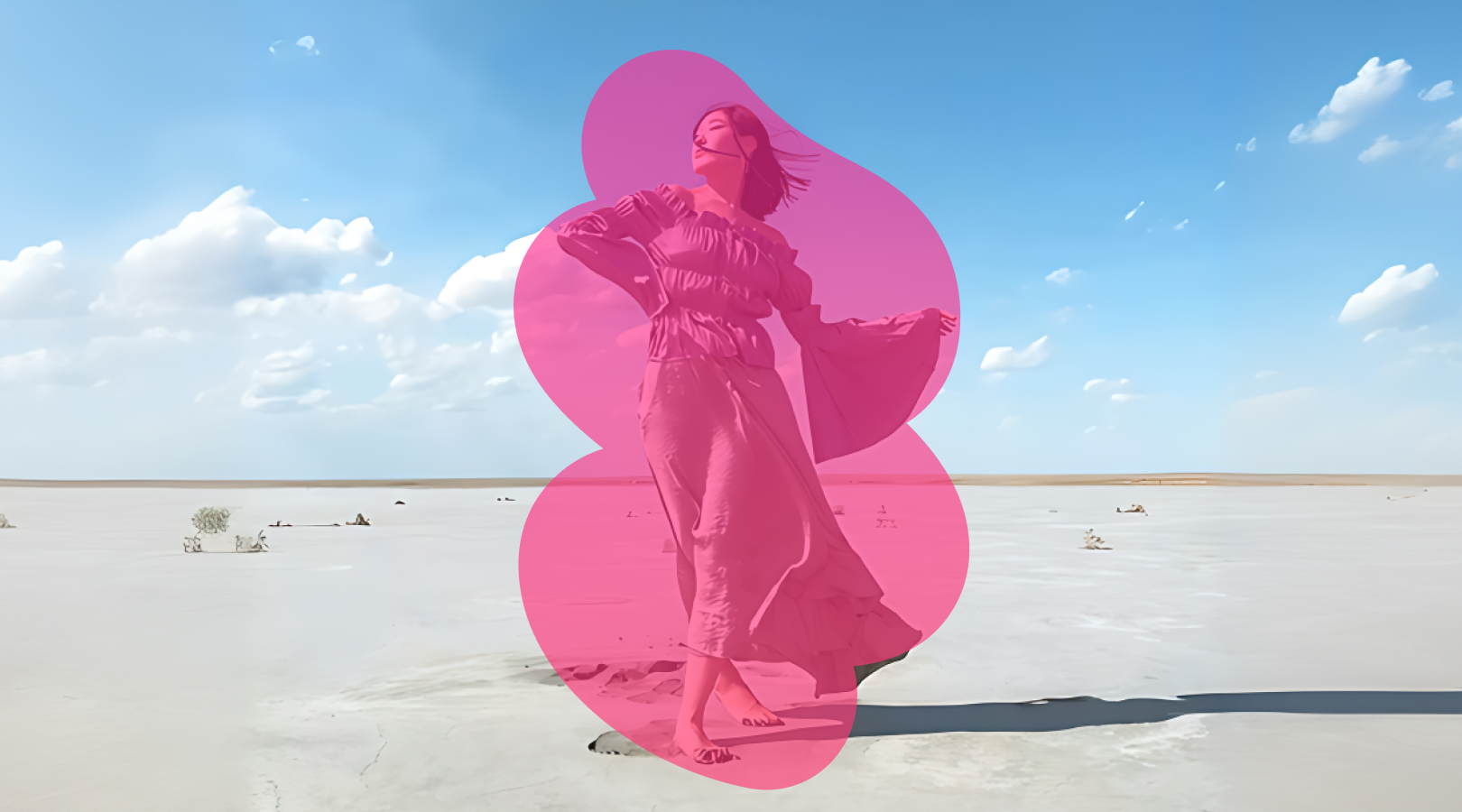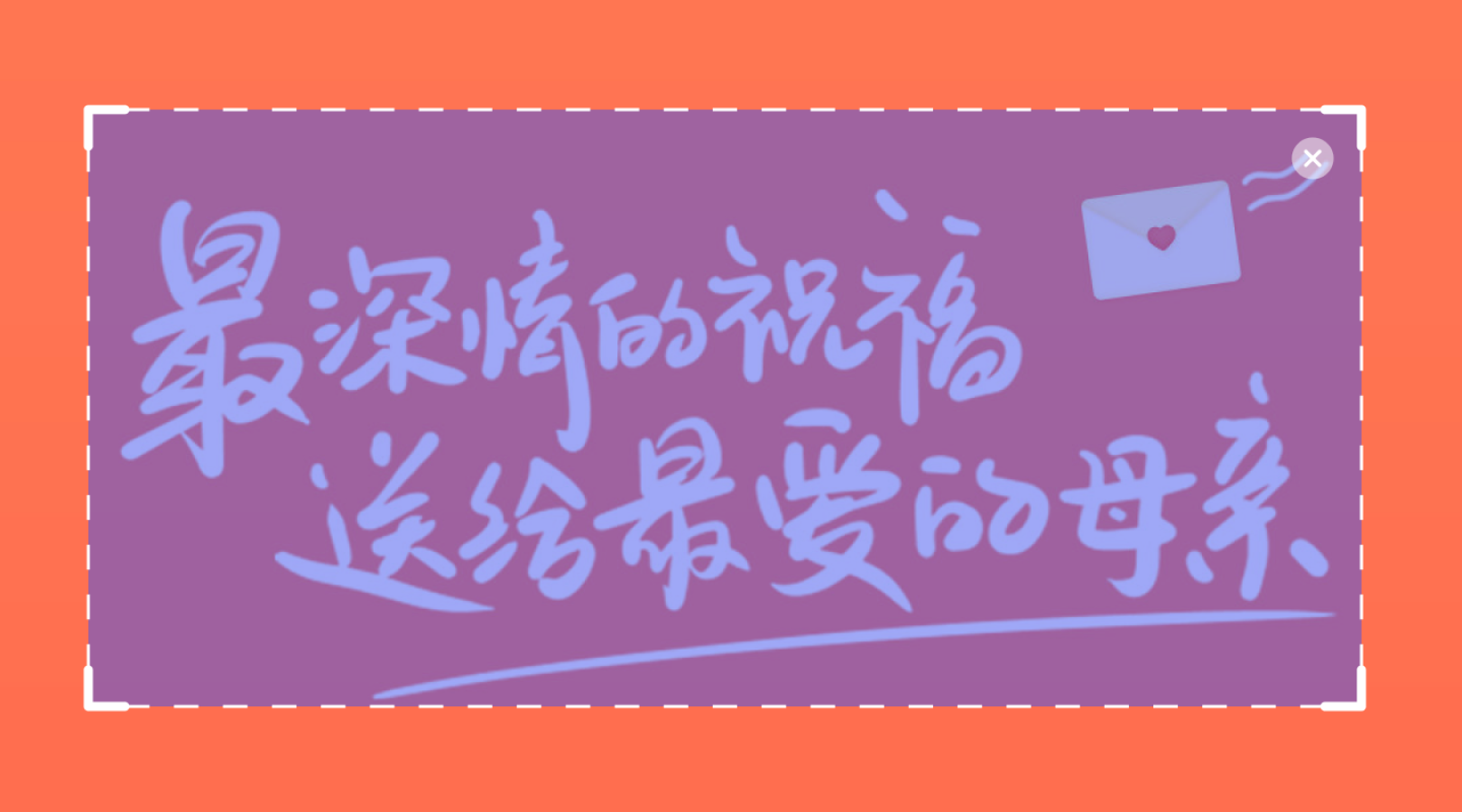AI Image Manipulation - Exploring Digital Alterations
There's a lot of talk these days about digital tools that can change pictures, so it's almost a topic that gets people thinking quite a bit. These programs, which use advanced calculations, have capabilities that are getting more refined all the time, and people are starting to wonder about what they mean for how we see things online.
Companies are, you know, putting out new digital tools pretty often, sometimes every few weeks, so the energy around these things is really something. These clever programs, which use advanced ways of thinking, have capabilities that are getting more refined all the time, and people are starting to wonder about what they mean for how we see things online, more or less.
This particular kind of digital alteration, which some call "ai 去 衣," brings up interesting points about what technology can do and what we expect from it. It makes us think about the rapid ways these tools are developing and how they might affect our daily lives, like how we look at images or even how we think about privacy, you know, pretty much every day.
Table of Contents
- What's the Deal with Digital Image Tools?
- How Do These Tools Change Pictures, Anyway? - Understanding ai 去 衣
- Are There Any Concerns with Digital Picture Alterations?
- What About the Way People Feel About These Technologies? - Public View on ai 去 衣
- How Quickly Are These Digital Picture Models Changing?
- Can Different Digital Strategies Be Combined for Better Results? - Improving ai 去 衣 Methods
- What Does This Mean for the Future of Digital Images?
- Thinking About the Impact of ai 去 衣 on Society
What's the Deal with Digital Image Tools?
There's quite a bit of talk around digital tools that can, you know, change pictures in ways we might not have thought possible just a little while ago. These programs, often called artificial intelligence, are getting pretty good at tasks that used to take a lot of human effort and skill. They can do things like improve picture quality or even make changes to what's in the picture itself. It's really something to see how quickly these capabilities are growing, more or less, and how they are starting to show up in different parts of our lives.
The core idea behind these tools is that they learn from huge amounts of information, so they can figure out patterns and then apply those patterns to new situations. For example, a program might look at millions of pictures and learn what different objects look like, or how light falls on them. Then, when you give it a new picture, it can use that learned knowledge to make adjustments or even create something entirely new. This way of working is, you know, quite different from older computer programs that just followed a set of rigid instructions, in a way.
So, when we talk about things like "ai 去 衣," we're really talking about a specific application of these broader digital image manipulation tools. It's about how these clever programs can identify and then alter parts of an image, based on what they've learned. The very idea brings up, you know, a whole host of interesting conversations about what's possible with technology and what we might want to think about as these tools become more common. It's not just about the technical side; it's also about the bigger picture of how we use and interact with digital content, you know, pretty much every day.
These sorts of tools are, basically, becoming more common in many areas, from helping designers with their work to letting everyday folks tweak their photos. The way they work involves a lot of complex math and clever programming, but for us, it just looks like the computer is doing something really smart. It’s pretty fascinating to see how far things have come, like your phone can do things now that used to need a whole team of experts, you know?
How Do These Tools Change Pictures, Anyway? - Understanding ai 去 衣
When we consider how these tools manage to alter images, it often comes down to their ability to spot hidden connections and structures within visual data. For instance, researchers have shown how these types of programs can find unexpected similarities between things that seem very different, like, say, biological materials and a piece of music. This suggests that both follow patterns of complexity, similar to how cells in a body might arrange themselves. In the same way, a tool that performs "ai 去 衣" would need to identify patterns related to human figures and coverings in pictures.
This means the program isn't just erasing pixels; it's making an educated guess about what should be there based on what it's learned from many, many other images. It's almost like a very skilled artist who can imagine what's underneath a piece of clothing, but doing it at a speed and scale no human could match. This ability to predict and fill in missing or altered information is what makes these programs so powerful, you know, in a way.
The process involves what some call "generative" capabilities, meaning the program can create new content that wasn't originally there. So, for a task like "ai 去 衣," the tool would not only recognize the item to be removed but also generate what the background or body shape might look like in its place. This kind of creation requires a very deep understanding of visual context, which these advanced systems are slowly building, you know, through lots of training. It's pretty impressive what they can do.
The core mechanism, then, is about pattern recognition and then, you know, clever image synthesis. It's not a simple cut-and-paste job. Instead, it's about the tool understanding the overall composition and then making changes that look natural and believable. This level of sophistication is what sets newer tools apart from older, more basic photo editing software, which really just, you know, moved things around. This is much more about creating something new.
Are There Any Concerns with Digital Picture Alterations?
Anytime a new technology comes along that can do powerful things, there are always going to be some worries or questions that pop up, and digital picture alterations are no different. One of the biggest concerns centers around how these tools might be used, especially when it comes to things like privacy and truthfulness. If pictures can be changed so easily and so realistically, it becomes harder to know what's real and what's been altered, you know?
We've seen similar discussions in other areas where these clever programs are used. For example, a fellow named Raghavan has talked about how these tools are used in hiring practices. He says it's hard to argue that hiring practices historically have been completely fair. The point is, when we use powerful tools, we have to think about how they might affect people and whether they introduce new kinds of unfairness or problems. This applies to "ai 去 衣" too, as it deals with sensitive visual information, so, you know, it's something to think about.
Another thing to consider is the idea of consent. If someone's picture can be changed without their permission, that raises some serious ethical points. It's about respecting people's images and their right to control how they are shown to the world. These kinds of tools, because they are so effective at changing what's in a picture, put a lot of responsibility on those who create and use them. It's a bit like, you know, having a very sharp knife; you can use it for good things, but it can also cause harm if not handled with care, you know?
There's also the question of what happens if these altered images are used to spread misinformation or to hurt someone's reputation. The ability to create very convincing fakes means we need to be more careful than ever about what we see online and where it comes from. So, you know, while the technology itself is quite impressive, the way it gets used in the real world is something we all need to pay attention to, actually.
What About the Way People Feel About These Technologies? - Public View on ai 去 衣
How people feel about these kinds of clever tools can vary quite a bit, and it often depends on how they interact with the technology. For instance, it's been observed that people tend to appreciate these programs more when they are part of something they can physically touch, like a robot, compared to when they are just unseen calculations, like an algorithm running in the background. This suggests that the tangibility of the tool can influence how much trust or comfort people feel with it, you know, pretty much.
This idea could apply to tools that perform tasks like "ai 去 衣." If the tool is seen as something abstract and potentially misused, people might feel more uneasy about it. But if it's presented in a way that feels controlled, or if its purpose is clearly beneficial, then public opinion might be different. It’s about, you know, how these advanced methods are presented to the general public and what they are told about their capabilities and limitations, actually.
Also, the general social environment can play a part in how these tools are received. For example, in countries where there's lower unemployment, people might be less worried about these clever tools taking jobs, so their overall view might be more positive. While "ai 去 衣" might not directly relate to employment, the general comfort level with new technologies in a society could influence how this particular kind of tool is viewed, so, you know, it's a factor.
Ultimately, public feelings about these sorts of digital alterations are a mix of excitement for what's possible and concern for potential misuse. It's a bit of a balancing act, really. As these tools become more common, there will likely be more conversations about what's acceptable and what's not, and how to set up guidelines for their proper use. It's not just about what the technology can do, but how we, as a society, choose to use it, you know, basically.
How Quickly Are These Digital Picture Models Changing?
If you've been paying attention to the world of these clever digital tools, you've probably noticed that new versions and ideas pop up very, very often. Companies are releasing new models every few weeks, so the energy around this field is quite high. This rapid pace of development means that what was considered cutting-edge just a few months ago might already be old news today. It's a constantly moving target, you know, pretty much.
This quick progress means that the capabilities of tools that perform tasks like "ai 去 衣" are likely getting better and more sophisticated all the time. What might have been a clumsy attempt at digital alteration yesterday could be a very convincing one tomorrow. This speed of improvement is a defining characteristic of this whole area of technology, and it means we have to keep up with what's happening, you know, honestly.
The constant stream of new models also means that researchers are always finding new ways to make these programs smarter and more efficient. They are figuring out how to teach them more effectively and how to make them produce even more realistic results. This kind of quick advancement is what makes the field so interesting to those who work in it, and it also means that the public needs to be aware of how quickly things are changing, so, you know, it's important.
This rapid change is, you know, driven by a lot of smart people working on these problems and sharing their discoveries. It's a bit like a big race where everyone is trying to build the best tool, and that competition helps push things forward really fast. So, if you hear about a new digital picture tool, chances are, something even newer and better is just around the corner, you know, like your phone gets updated all the time.
Can Different Digital Strategies Be Combined for Better Results? - Improving ai 去 衣 Methods
One of the ways these clever tools keep getting better is by combining different approaches and ideas. The new framework sheds light on how scientists could fuse strategies from different methods to improve existing models or come up with new ones. This means instead of sticking to just one way of doing things, they're looking at how to mix and match techniques to get a stronger outcome, you know, pretty much.
For a tool that performs something like "ai 去 衣," this could mean taking a technique that's good at identifying shapes and combining it with another technique that's good at creating realistic textures. By putting these different strengths together, the overall result can be much more convincing and accurate. It's like having different experts on a team, each bringing their own special skill to solve a bigger problem, so, you know, it works well.
This idea of combining strategies is a big part of how these digital alteration tools are advancing. Researchers are constantly experimenting with new ways to integrate various computational methods to make their programs more capable. This leads to models that are not only better at specific tasks but also more versatile in what they can do. It's a pretty smart way to make progress, you know, really.
So, when you see a very impressive digital picture alteration, it's often the result of several different clever ideas working together behind the scenes. This collaborative approach to development means that even complex tasks, like those involved in "ai 去 衣," can be tackled more effectively over time. It’s a bit like building something complicated piece by piece, but each piece is a very clever solution to a small problem, you know, and then they all fit together.
What Does This Mean for the Future of Digital Images?
Looking ahead, the quick progress in digital image tools suggests a future where altering pictures becomes even easier and more widespread. The fact that companies are releasing new models every few weeks means that these capabilities are not just for experts anymore; they are becoming more accessible to everyday people. This will likely change how we interact with images online and offline, you know, pretty much every day.
We might see a future where it's much harder to trust what we see in pictures, which means we'll need better ways to check if an image is real or fake. This could lead to new tools designed to detect alterations, or perhaps new ways for creators to verify their original content. It's a bit like a race between those who create altered images and those who try to spot them, so, you know, it's going to be interesting.
The implications of tools like "ai 去 衣" also extend to creative fields. Artists and designers might find new ways to express themselves, using these programs to create visuals that were previously impossible. However, there are also questions about ownership and originality when a machine creates or alters an image. These are conversations that society will need to have as these tools become more common, you know, pretty much.
Overall, the future of digital images seems to involve a lot more fluidity and change. What we see might not always be what was captured by a camera, but rather something that has been thoughtfully or automatically reshaped. This means we'll all need to develop a bit more digital literacy and a critical eye for what we consume visually, actually. It's a big shift, you know, in a way.
Thinking About the Impact of ai 去 衣 on Society
When we think about the bigger picture of tools like "ai 去 衣" and their place in society, it brings up some important points about how technology affects us all. Just like how discussions around AI in hiring bring up questions about fairness and past practices, these digital alteration tools make us think about privacy, consent, and the truthfulness of visual information. It's not just about the technical ability; it's about the human impact, you know, pretty much.
The way people react to these technologies also plays a part. If a society is generally comfortable with new tech, perhaps because there's lower unemployment and less fear of job loss, they might view tools like "ai 去 衣" differently. But regardless of the general comfort level, the specific nature of altering personal images means there will always be a need for careful thought and clear guidelines, so, you know, it's a sensitive area.
The rapid pace at which these models are improving means that the conversation around their societal impact needs to keep up. What might seem like a distant possibility today could be a common reality tomorrow. This requires ongoing discussion among researchers, policymakers, and the public to make sure these tools are used in ways that benefit everyone and avoid harm, actually.
So, considering the impact of "ai 去 衣" means looking beyond just the cool factor of the technology. It means thinking about how it might change our expectations of privacy, how it affects trust in media, and what kind of rules we need to put in place to guide its use. It's a complex set of questions, you know, and something we'll all be talking about for a while.
This article has explored the concept of digital image manipulation, specifically touching upon tools sometimes referred to as "ai 去 衣." We looked at how these tools operate by identifying complex patterns

AI消除

AI去字迹

自定义模型